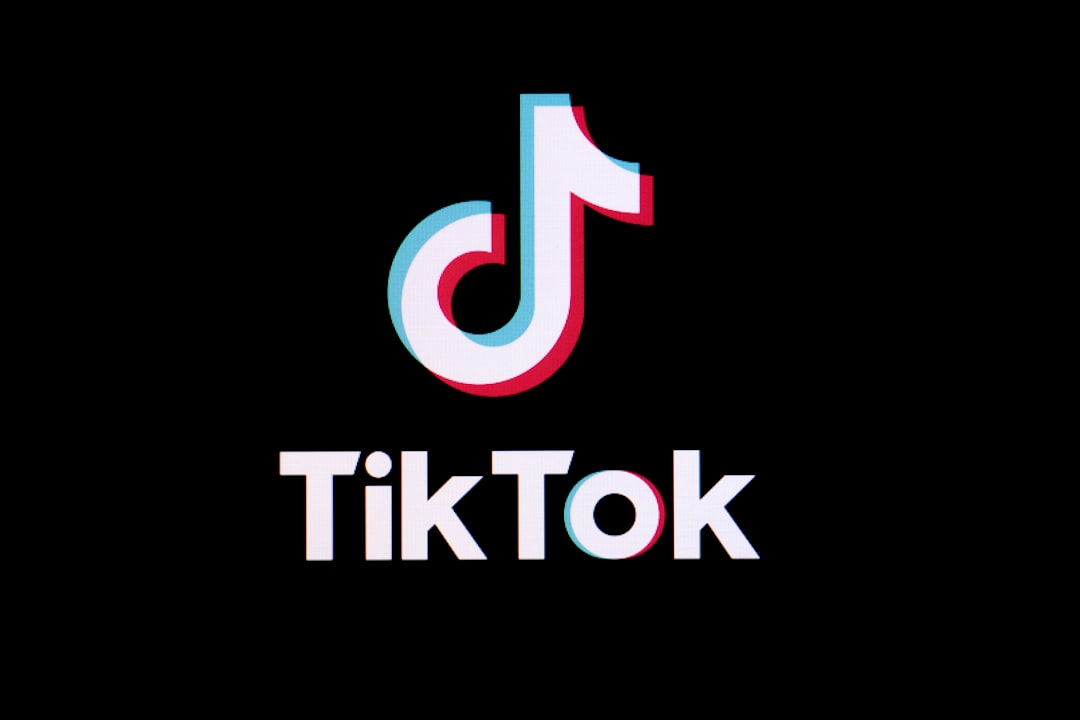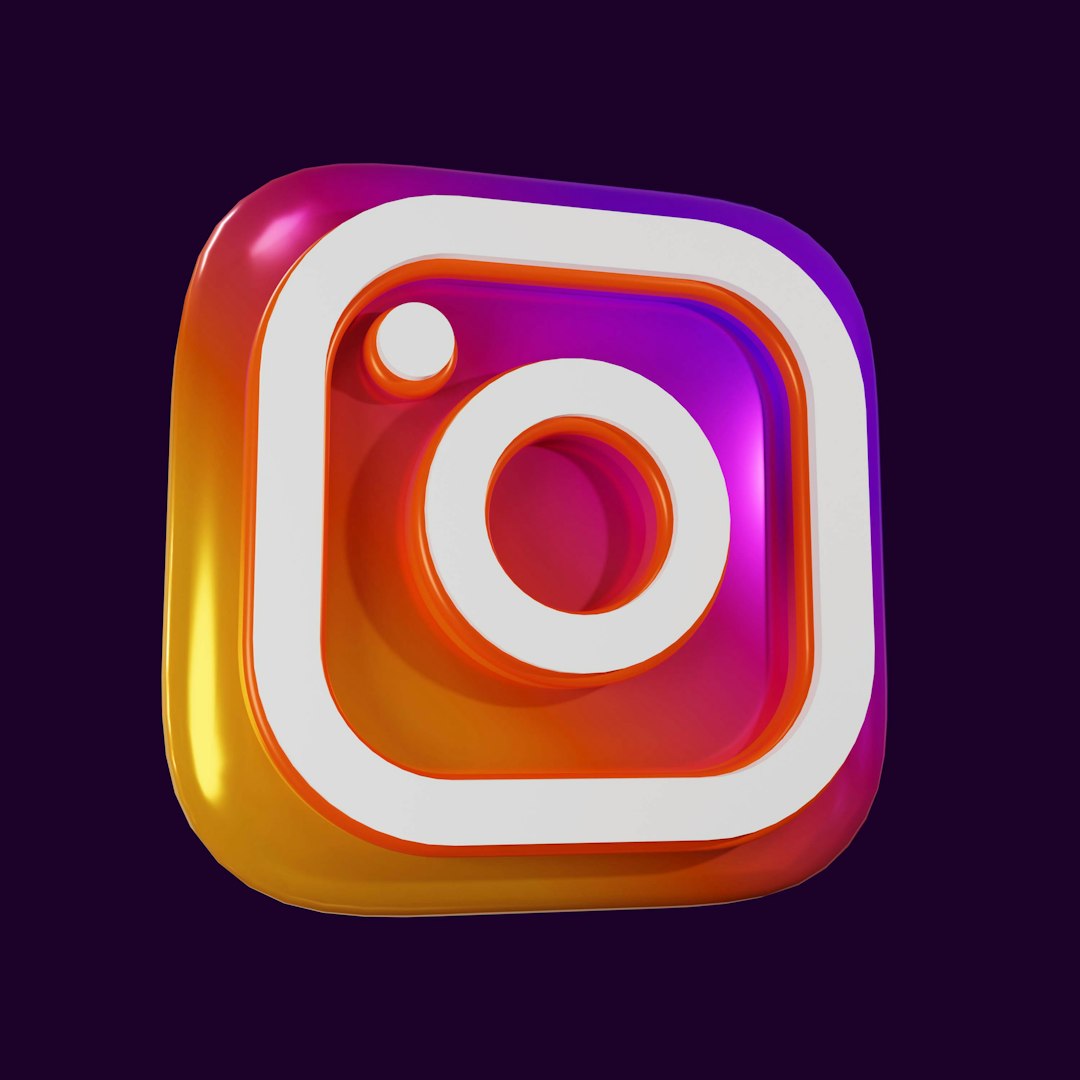In today’s visually driven digital world, your brand’s logo does a lot more than just sit on your website or printed materials. It acts as a symbol of trust, identity, and consistency, especially across social media platforms. Whether you’re building a personal brand or a corporate empire, learning how to effectively use your logo across platforms like Instagram, YouTube, and TikTok is vital for long-term success.
TLDR: Branding Across Platforms
If you want your social media branding to look professional, you must adapt your logo for each platform’s specific requirements. Different formats, dimensions, and user expectations mean a one-size-fits-all approach won’t work. Focus on maintaining consistency while optimizing for visibility and aesthetics. With a little planning, your logo can help unify your presence across Instagram, YouTube, and TikTok.
Why Your Logo Matters on Social Media
Your logo is often a viewer’s first interaction with your brand. In a crowded social media landscape, having a recognizable and well-placed logo fosters trust and helps users remember you. It also increases familiarity, which plays a direct role in purchase decisions and followers’ loyalty. On channels like Instagram, YouTube, and TikTok—where visual appeal is everything—a thoughtfully used logo can set your profile apart from millions.
Platform-Specific Requirements
1. Instagram
Instagram prioritizes aesthetic and cohesive branding. Here’s how your logo should be used effectively:
- Profile Picture: Use a simplified or minimal version of your logo. Circular cropping is important here—avoid text-heavy designs that may be cut off or unreadable at small sizes.
- Posts: Logos should be subtle, usually appearing as a watermark in the corner of your content. Overusing it can make posts feel like ads, which may drive away followers.
- Stories & Highlights: Customize your highlight icons using your brand’s color palette and logo components to maintain consistency.
2. YouTube
YouTube is both a social and search platform, so cohesion and memorability count.
- Channel Icon: This appears small, so use a clean, scaled-down version of your logo without long text or taglines. Keep it square-friendly but know it’s often displayed in a circle.
- Channel Banner: This is where you can get creative. Incorporate your logo in a clean, visually engaging banner that also displays your posting schedule, website, or slogan.
- Video Thumbnails: Add a small logo watermark if it doesn’t distract from the thumbnail’s purpose. Always ensure the logo doesn’t conflict with text overlays.
- Watermarks on Videos: YouTube allows you to add a consistent watermark to all your videos. This should be a subtle, transparent logo placed in the corner so it doesn’t interfere with the viewer’s experience.
3. TikTok
TikTok is fast-paced and content-centric, but branding still plays a role:
- Profile Picture: As with Instagram, a clean, simplified logo works best here due to the small, circular profile display.
- Content Branding: Consider adding your logo lightly in a corner of your TikToks, especially if you’re a creator or brand being regularly re-shared.
- Cover Thumbnails: TikTok allows for cover image customization on uploaded videos. Use this to consistently brand your content and establish visual rhythm across your profile.

Best Practices for Cross-Platform Logo Use
While each platform has its own design quirks, following some universal best practices can help your logo shine across the board:
1. Keep It Simple
Complex logos with too much text or detail often don’t scale well, especially in smaller render sizes common on mobile devices. Opt for a version that’s clear and readable no matter the screen size.
2. Create Multiple Variants
Develop several formats of your logo to suit different uses, including:
- Full logo (with icon and text)
- Icon-only or monogram
- Horizontal and vertical layouts
- Transparent background for overlays
3. Optimize for Each Platform’s Cropping
Instagram and TikTok use circular profile pictures, which crop tightly. Make sure your logo fits comfortably within a circle without losing its identity. For YouTube, square or rectangular proportions work better, though the icon is often displayed in a circular UI in comments and other embedded interfaces.
4. Consistent Branding Elements
Keep your logo’s color palette, style, and visual identity consistent across all platforms. This includes how it’s paired with other branding elements such as typography and background imagery.
5. Don’t Overuse It
Your logo should elevate your presence, not overwhelm it. Particularly in content like Instagram posts or TikTok videos, use your logo selectively to maintain a native, less promotional feel. Create content that doesn’t scream “ad” but still communicates your brand.
Tools to Help With Logo Placement
You don’t need to be a graphic designer to make your logo work across platforms. Here are a few tools to help:
- Canva: Ideal for customizing profile banners, cover images, and posts with easy drag-and-drop logo placement.
- Figma: Great for collaborative design projects or creating multiple logo variations for testing.
- Adobe Express: Useful for quick branding overlays on video content or social posts.
Examples and Case Studies
Think of notable creators and brands like Nike, Red Bull, or MrBeast. Their logos are immediately recognizable and consistently but subtly used:
- Nike: Uses the swoosh as a micro-logo, ensuring clarity even at smaller sizes.
- Red Bull: Brand colors and bold logo appear in almost all content but never obstruct visuals.
- MrBeast: Features his logo on thumbnails, profile banners, and sometimes even props/clothing in videos for consistent visual branding.
Testing and Iterating
Don’t be afraid to experiment a little. A/B testing your banner designs and logo placements—especially on YouTube thumbnails or TikTok cover images—can reveal what your audience responds to best. Regularly monitor analytics tied to brand engagement and update visuals as needed to improve recognition and retention.

Conclusion
Your logo represents your brand—make sure it’s working for you across platforms. A cohesive but adaptable approach helps your brand stay both recognizable and engaging on every major social media network. With the right file prep, strategic positioning, and thoughtful design, you can transform your logo from static symbol to dynamic storytelling tool.
Remember: the goal is consistency without redundancy. A subtle, strategic approach to logo usage will make content look cleaner, help users identify your brand at a glance, and most importantly—get remembered.


